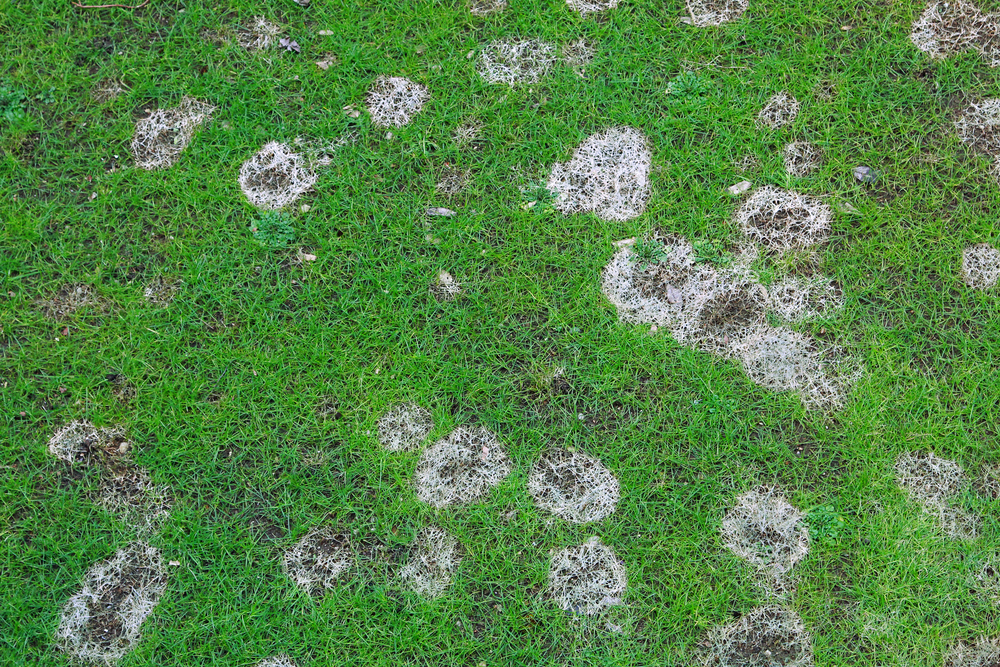Spring’s right around the corner. You may already be seeing signs of blooms and blossoms peeking free from the dirt. When you’re preparing to get your garden tools out of storage to make ready your yard ready for its springtime glory, does thatching your lawn cross your mind? For most people, it doesn’t. Sadly, de-thatching your yard is often one of the most overlooked springtime chores.
Why do I need to de-thatch? you might be asking. Good question. Thatch is inevitable in your lawn. It’s a natural occurrence. Old, dead grass and other organic materials build up over time. Combined with living grasses and roots, it produces a spongy surface for bare feet and makes your yard more resilient to wear and tear. When it builds up too much, however, water, air and nutrients will not be able to permeate the soils below, resulting in dry spots, green on top and dead brown below.
What promotes thatch? As mentioned, thatch is a normal occurrence. Certain conditions, such as heavy, wet, or alkaline soils, and warm temperatures combined with creeping grasses such as Bermuda, Zoysia and Bluegrasscan contribute to thatch, however.
When do I de-thatch? Springtime is perfect for de-thatching. De-thatching often results in renewed growth, ideal in warming temperatures and longer daylight.
How can I tell if my yard needs de-thatching? First, look for dry spots that occur despite frequent watering. Is the top part green while the underneath is dry and brown? Is there a 1/2 inch or more of thatch? It’s time to get to work!
Regular de-thatching, every one to two years, is ideal. Probably the easiest, most economical method for a DIYer, is to rent a de-thatcher. There are usually two types of de-thatchers available: the flail-type and the solid-knife type. Solid-knife types are better for bentgrass lawns, but may not be readily available except in metropolitan areas. These power rake de-thatchers work by tearing into the thatch using a series of firm, spring loaded wires. If the thatch isn’t too thick, you can even employ the vigorous use of a rake. A core aerator can also be used.
Once you have a de-thatcher in hand, make sure to set the blades high enough so they don’t hit the ground, causing the soil to be pulverized and the lawn to be destroyed. Make between one to five passes over your lawn until you’ve removed most of the thatch.
De-thatching will leave your yard a mess, often resulting in one to three pickup loads of debris from an average-sized lawn. Make sure to clean up the debris afterward to put in the compost pile. Also, since de-thatching initially weakens the lawn, you might apply an application of fertilizer, overseeding, and a generous dose of water.
If the thought of de-thatching your own lawn sounds daunting, we can help. We provide thatching and regular lawn maintenance, ensuring your yard always looks tip-top and stays healthy. Give us a call at (360) 265-5231 when you’re ready to schedule an appointment or if you have any questions. We’re here to help.
